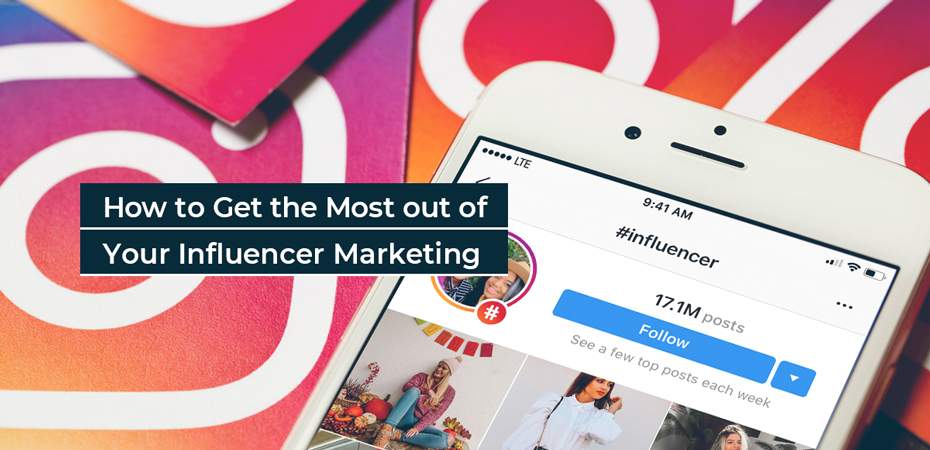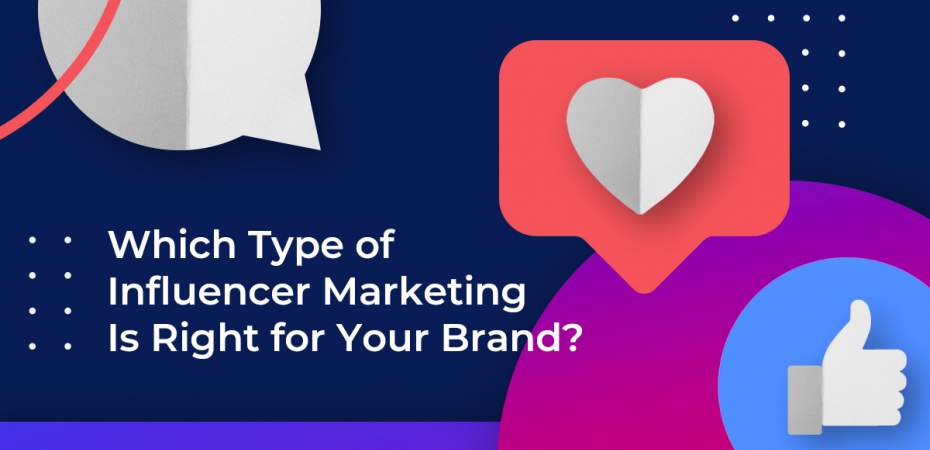May 21, 2020
| Article | by Bailey Gray | Advertising,
Analytics,
Social Media
Influencer Marketing ROI: How to Measure Influencer Campaigns
We’re at a point where influencer marketing has become an integral part of our marketing mix and can truly impact all phases of the buying cycle. A big question emerges, though: How do I track influencer marketing ROI? While most phases of the buying cycle can be easy to track, demonstrating conversions and ROI can be more difficult to measure. To track influencer ROI, you need to ensure that you place measurable trigger points throughout your campaign.
By implementing one of these tactics (or all three!), you can measure the ROI of your influencer marketing efforts:
- UTM Tagging
- Custom Landing Pages
- Unique Offer Codes
Influencer Marketing UTM Tags
UTM tagging is a ‘must’ when it comes to influencer marketing. We want to be able to track how many site visits, and ultimately conversions, we have gained through our influencer campaigns—and URL tags can do just that. Giving each influencer unique UTM tags will allow you to drill down into each partners’ campaign performance in Google Analytics.
When setting up your tags, we recommend using the social channel as your UTM_Source, the overarching campaign as UTM_Campaign, and then differentiate each influencer with UTM_Content. This will let you track overall campaign performance, but also determine which specific social channels and influencers are performing best.
Influencer Marketing Custom Landing Pages
While this can be used in conjunction with UTM tags, custom landing pages are another way that you can track influencer marketing ROI. By developing custom landing pages that are unique to each influencer partner, you’re able to track all page behavior through your analytics. This allows your influencer to promote that one URL to their social following and the UTM tag becomes a little less essential.
An added benefit is that it creates a great experience, as users click through from an influencer post or bio and actually see content that references them. One thing to note is that it can require additional website work, so it may not be a tactic you want to deploy on a campaign that partners with multiple influencers.
Offer Codes for Influencer Marketing
Unique URL’s and Custom Landing Pages can, however, leave you with a blind spot. How many times have you seen a brand or product in your feed, only to do a Google Search later and visit the site? To counteract that and ensure that you’re measuring the influence that your campaign has had on conversions, you can provide unique offer codes for each influencer. By doing this, you can create a sense of urgency to purchase now at a slightly discounted price. This prevents users from ‘bookmarking’ your brand or product and visiting your site directly at a future date/time and losing the ability to track that conversion.
By creating these custom, measurable trigger points in your influencer marketing campaigns, you’ll be able to more accurately measure the impact and ROI of your efforts. This gives you the opportunity to not only track the ROI of your influencer marketing, but also optimize future campaigns based on key learnings. If you’re able to determine that a certain niche, audience, or tactic worked better than others, you can leverage those findings and improve your efforts on future campaigns.

